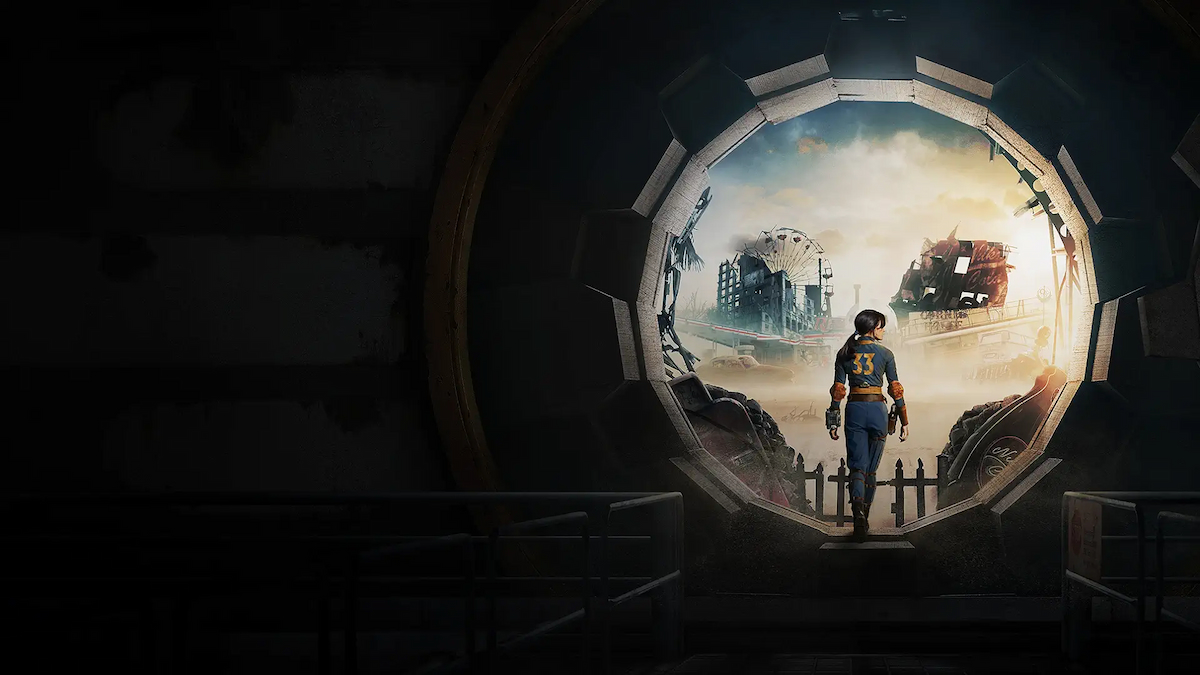As Google unveiled Stadia yesterday — its upcoming streaming platform for video games, development, and all-round future of how we develop and play games on the whole — it certainly looked like the future of the industry.
Problem was, three massive questions were left unanswered, essentially leaving Google’s hopes of conquering the video games market once and for all up in the air.
Question 1: What’s Google Stadia Going to Cost?

Probably the first question on everyone’s lips as they begin to learn more about Google’s vision for the future of how you play games, is just how much is it going to cost?
This isn’t a physical piece of hardware you have to purchase every five or six years to keep up with the latest technology and play the newest games.
This is something accessible from pretty much any screen you already have, and will, seemingly be made more powerful as demands from developers and consumers for more processing power arise.
By assuming the responsibility of providing the sheer processing power to run games at 4K 60fps (and 8K in the future, apparently) in thousands, potentially millions of instances at any given time, there’s got to be a huge amount of power in Google’s data centers.
Not to mention the infrastructure in place to make streaming such insane amounts of data with little to no latency is going to cost a pretty penny to set up, let alone maintain.
Then you’ve got the added factors of the library of games available on the service. Google’s going to need to recoup some of that cash they’re paying developers and publishers to make their games available via Stadia.
While Google Stadia truly looked the vision of the future of video games, the big, fat, question mark over how much it’s going to cost has me pumping the brakes on the hype train, hard.
Google Stadia needs to hit the perfect price point if it wants to be considered a viable option against the current landscape of hardware platforms. But there are so many different pricing models and options Google could opt for, and so many unknown variables that could factor into that price, it becomes impossible to gauge this viability.
If you ask us, a subscription model with annual fees similar to that of Netflix or EA Access would probably be a perfect sweet spot. Is that realistic? Who knows, but if any company can risk taking the loss leader to get players into its ecosystem, its Google.




